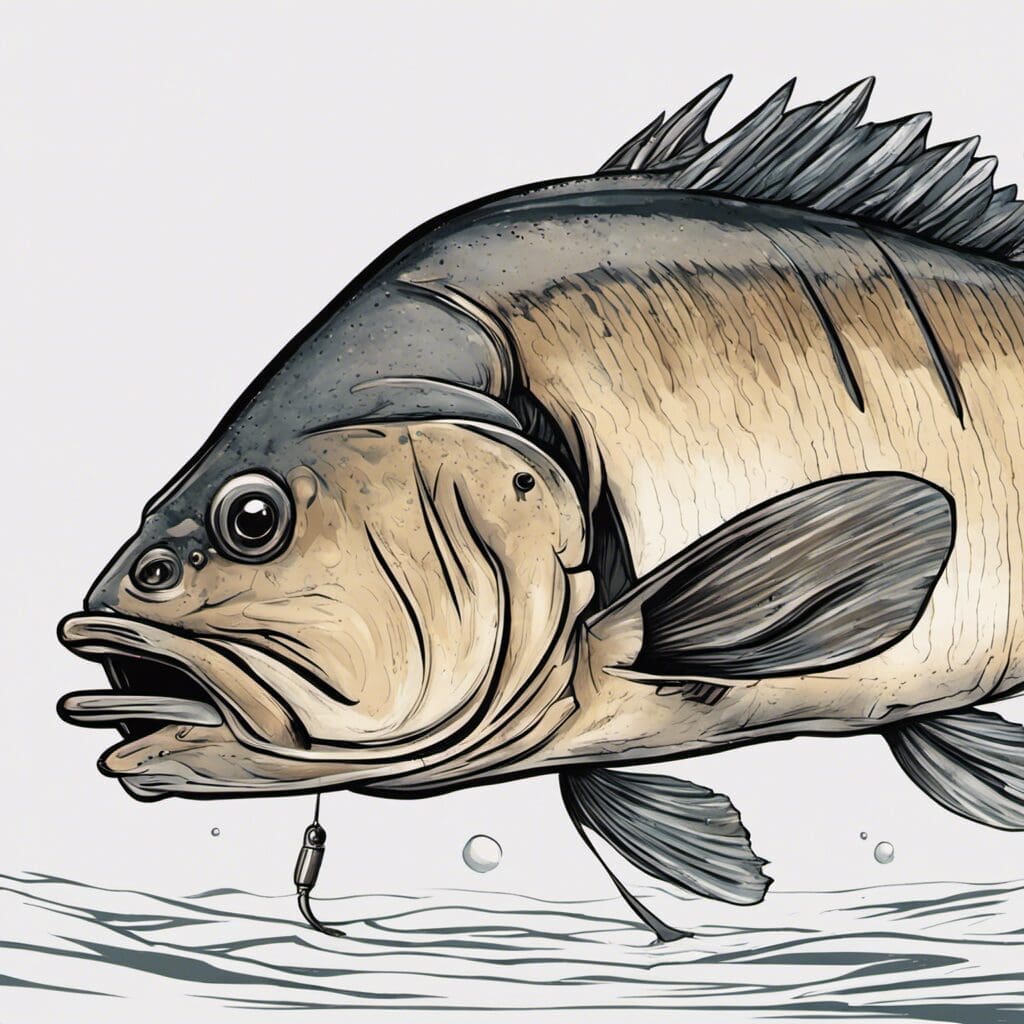Introduction
The Bigmouth Buffalo (Ictiobus cyprinellus) is a fish species from the family Catostomidae commonly found in North America. This specie is one of the longest living freshwater fish species with a lifespan of up to 112 years.
Conservation Status
The Bigmouth Buffalo is currently listed as Least Concern on the International Union for Conservation of Nature (IUCN) due to their wide distribution. However, conservation efforts are ongoing in some regions due to habitat loss and overfishing.
Statistics
| Statistic | Average | Range |
|---|---|---|
| Length | 65 cm | 50 – 90 cm |
| Weight | 16 kg | 2 – 40 kg |
| Average Lifespan | 30 years | Up to 112 years |
Distribution
The Bigmouth Buffalo is a native to North America. It is widely distributed in areas ranging from the Mississippi River basin to southern Canada. They have no specific migration patterns; instead, they move in response to changing water conditions.
Habitats
Bigmouth Buffaloes thrive in lakes, reservoirs, and slow-moving rivers with a depth range of 0.5 – 4 meters. The temperature range for these species is between 12°C – 24°C.
When and Where to See
These species are more active during the spring spawning season, particularly during the early morning hours.
Best Fishing Locations
Specific Locations
- Mississippi River, USA
- Lake Winnipeg, Canada
- Lake Erie, USA/Canada
- Chesapeake Bay, USA
- Great Lakes, USA/Canada
General Tips
Look for bodies of water with slow movement and plenty of vegetation. Night fishing can be productive as these species tend to be more active during low light conditions.
How to Catch
The preferred bait for Bigmouth Buffalo is worms and small fish. Fishing techniques vary, but they can be caught using fly fishing, trolling, and bottom fishing methods. The best time to catch this species is during the early morning or late night hours.
Identification Guide
Bigmouth Buffalo are distinguished by their large mouth positioned low on the head and a fleshy, curved dorsal fin. They have a silvery-gray body with a darker back.
Additional Information
Behavior
Bigmouth Buffaloes are filter feeders, consuming large amounts of zooplankton and phytoplankton. Their unique spawning ritual involves the female laying eggs while being surrounded by two or three males who swiftly fertilize them.
Predators and Threats
Their primary natural predators are larger fish species and birds such as herons and eagles. Human-induced threats include overfishing and habitat loss due to development and pollution.
Cultural/Historical Significance
Culturally, the Bigmouth Buffalo is a significant commercial and recreational fish throughout its range.

